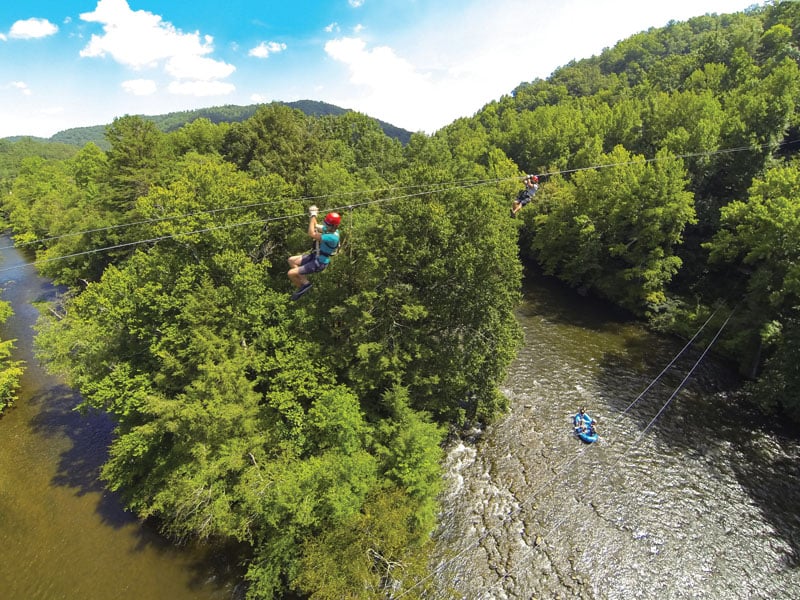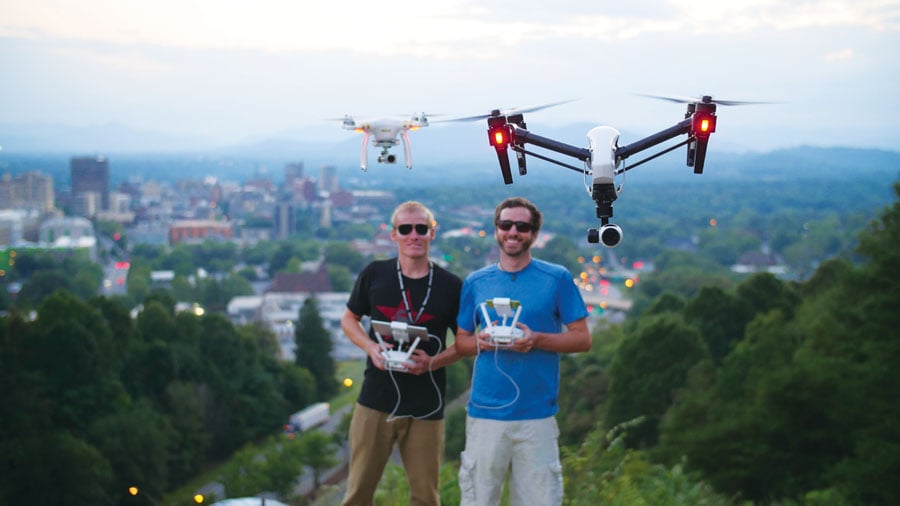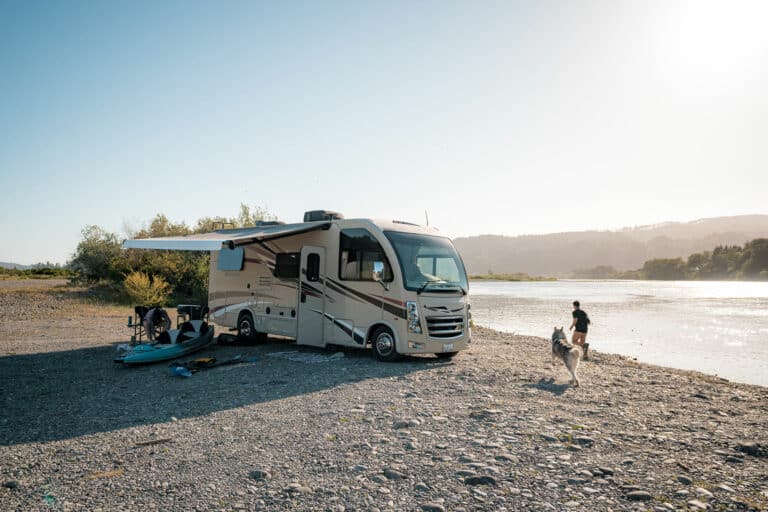Darryl Kerley, Fire Chief of the Oak Ridge Fire Department in eastern Tennessee, has been in the fire service for 38 years. During those nearly four decades of service, he’s seen quite a few changes, from the protective equipment worn to the fire hoses used.
“Almost everything has changed as new technology and new science comes forward and brings us information for improvements,” Kerley says.
And yet perhaps the most surprising development of all for the Oak Ridge crew came about five years ago when drones entered the sphere of fire service. Though Kerley had experimented with drones personally through various family members and friends who had a cam-copter of their own, he never thought he’d see the day when a drone would be considered essential fire service gear. Now, he has.
“The uses for drones in the fire service are almost limitless,” Kerley says. “In a few years, I think you’ll see a drone on every fire truck.”
The Oak Ridge Fire Department already has a drone of their own, with plans to buy a few more, and as of this month, the department officially became certified to pilot drones in the name of not just public safety, but firefighter safety, too.
“Our entire program is based around improving service to our citizens while reducing risk to our firefighters, and drone technology is an impressive way to do that,” Kerley says. “It’s safer and faster and much more efficient to send an $800 dollar drone to see what’s going on and collect what information we need.”
In the case of Oak Ridge, a city with a heavy manufacturing industry, the issues of safety and cost efficiency are of the utmost importance when answering calls for hazardous materials. On average, a hazmat suit used by the Oak Ridge Fire Department can cost anywhere between $900 and $3,000. To answer one of these calls requires two firefighters to dress out in hazmat suits ($4,000), air packs ($12,000), and radios ($8,000).
“That’s about $25,000 worth of equipment plus the risk of the lives of our firefighters to see what’s happening,” Kerley says. “Now, we can deploy a drone down there in two minutes and if it gets contaminated, it’s only $800 and that’s less than the price of one [hazmat] suit.”
“If a drone only costs that, it’s kinda expendable, right?” says Dr. Thomas Alberts, a Mechanical and Aerospace Engineering Professor at Old Dominion University. “All of a sudden, you’re not having to risk a person to save somebody or locate a fire, and that’s a real benefit.”
Alberts is part of the 4-VA Virginia Drones Project, a collaborative academic course offered through Old Dominion University, James Madison University, and George Mason University. The project, which started in the spring of 2016, provides students with the hands-on, real-world experience needed to build and pilot drones for environmental and social issues.
“There’s a lot of potential for drones to do almost anything that people can do, and while that might be bad news for some people, onward, it can really be a good thing,” Alberts says.
Students have already built and launched drones for a variety of applications—one team at James Madison is using drones to study the behavior of bees in an effort to develop a solution to their sharp decline; another team at JMU is using drone technology to determine the effect of climate change on a historically and culturally significant wall in Cartagena, Colombia; the students at ODU where Alberts works, have created drones to map tidal flooding, aid in sea rescues, and assist the local Corova Beach Fire Department.
Despite these advances, you’d be hard-pressed to find such positive anecdotes about drone technology in the national media, yet stories abound of drones invading privacy and crashing into national park treasures. Just last July, a Louisville, Ky., man was arrested for shooting his neighbor’s drone out of the sky (he claimed the drone was spying on his 16-year-old daughter, who was sunbathing, and the judge dismissed the case). In Yellowstone, there’s still a drone at the bottom of Grand Prismatic hot spring from when a tourist crashed the quadcopter in August of 2014. It’s no wonder drones have such a bad rap.

“They’re not a toy but they’re being sold as toys,” Kerley says. “You can go anyplace now and buy a drone.”
Because of that accessibility, it’s likely that we’re going to see more, not fewer, drones in the future, especially as they pertain to the service sector. In July 2015, the first government-approved drone delivery took place in Wise County, Va. The drone dropped off 24 packages of medical supplies to a Remote Area Medical pop-up clinic in the rural southwest Virginia county.
Its success paved the way for the Emerging Drone Industry Cluster program, a workforce development initiative announced last fall and funded largely by the Appalachian Regional Commission. The program will benefit Wise County, an area heavily affected by the coal industry’s decline, in the form of jobs and local investment opportunities. In its first year, the program will train 64 new workers, including former coal industry employees, to operate drones for projects such as geospatial surveys and mapping.
“It requires a little bit of training,” says Alberts, “but you don’t have to be a general aviation pilot to be able to understand and fly a drone,” which might be good news for some, like firemen and former coal miners learning a new trade, but bad news for others fearful of the new age of peeping Toms.
#BROtalk: What do you think about drone usage in the outdoors? Is it good, bad, or negligible? Can it enhance the experience, or does it negatively impact time in the woods? We want to hear from you! Drop us a comment here or use the hashtag #BROtalk to give us your two cents.








